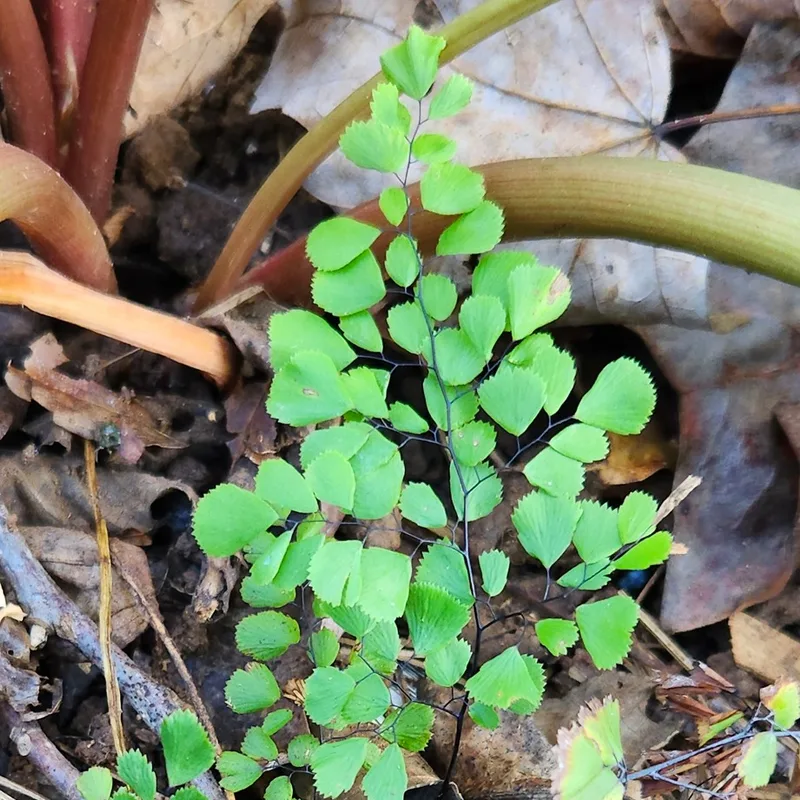Hoya Chinghungensis: A Fragrant Climber for Plant Enthusiasts
Hi, Ferb Vu here! Today, I want to delve into the world of Hoyas and introduce you to the charming Hoya Chinghungensis. This little climber has stolen a place in my heart (and on my plant shelf) with its delicate features and fragrant blooms. Whether you’re a seasoned plant collector or a newbie seeking a low-maintenance beauty, the Hoya Chinghungensis might be your perfect match.
566 Species in Genus Hoya
What is Hoya Chinghungensis?
The Hoya Chinghungensis, once known as Dischidia Chinghungensis, is a climbing vine native to the mountainous regions of Myanmar. It thrives in the cool, humid forests at high elevations, clinging to trees and rocks with its aerial roots. This epiphytic nature translates beautifully to indoor settings, making it a popular choice for hanging planters or moss poles.
Is Hoya Chinghungensis Easy to Care For?
Absolutely! One of the biggest draws of the Hoya Chinghungensis is its ease of care. Unlike some of its more flamboyant cousins, this Hoya doesn’t demand constant attention. Here’s a quick rundown of its needs:
- Light: Hoya Chinghungensis prefers bright, indirect sunlight. Think dappled light filtering through leaves – a spot near an east-facing window is ideal. Avoid harsh, direct sun, which can scorch the delicate foliage.
- Water: This Hoya leans towards the “less is more” approach when it comes to watering. Allow the soil to dry completely between waterings. Overwatering is a common culprit for root rot, so err on the side of underwatering.
- Soil: A well-draining potting mix is crucial. Opt for a chunky orchid mix or a combination of potting soil, perlite, and orchid bark. This ensures proper aeration and prevents waterlogging.
- Humidity: While Hoya Chinghungensis adapts well to average household humidity, it thrives in higher levels (50-65%). Grouping your plants together or using a pebble tray with water can help create a more humid microclimate.
- Temperature: This Hoya prefers moderate temperatures, ranging between 65-80°F (18-27°C). Avoid placing it near cold drafts or heat vents.
With these simple guidelines, your Hoya Chinghungensis will reward you with lush foliage and fragrant blooms.
How Does Hoya Chinghungensis Compare to Other Hoyas?
There are over 200 species in the Hoya genus, each with its own unique charm. Here’s a quick comparison of Hoya Chinghungensis to two popular varieties:
Hoya Carnosa (Wax Flower):
- Similarities: Both are relatively easy to care for and enjoy bright, indirect light.
- Differences: Hoya Carnosa boasts larger, fleshy leaves and clusters of star-shaped blooms. It can tolerate lower humidity levels than Hoya Chinghungensis.
Hoya Kerrii (Sweetheart Hoya):
- Similarities: Both are compact Hoyas, ideal for smaller spaces.
- Differences: Hoya Kerrii is known for its single, heart-shaped leaf. It requires slightly less light than Hoya Chinghungensis and can be more susceptible to pests.
Ultimately, the best Hoya for you depends on your preference and growing conditions. However, Hoya Chinghungensis stands out for its delicate beauty, ease of care, and captivating fragrance.
What Makes Hoya Chinghungensis Special?
Beyond its low-maintenance nature, Hoya Chinghungensis boasts several unique features that endear it to plant enthusiasts:
- Fragrant Blooms: This Hoya produces clusters of small, bell-shaped flowers that emit a sweet, honey-like fragrance, particularly at night. The fragrance adds another dimension to the plant’s appeal.
- Compact Growth: Hoya Chinghungensis is a naturally smaller Hoya, making it perfect for hanging baskets or smaller shelves. It grows at a moderate pace, allowing you to enjoy its cascading vines for years to come.
- Unique Foliage: The small, rounded leaves of Hoya Chinghungensis have a distinct waxy sheen and a slightly puckered texture. The combination adds visual interest to any indoor space.
How to Propagate Hoya Chinghungensis?
If you’d like to expand your Hoya collection or share the joy with friends, propagating Hoya Chinghungensis is a relatively simple process. Here’s a preferred method:
- Stem Cuttings: Take a healthy stem cutting with at least two nodes (leaf junctions). Remove the lower leaves and dip the cut end in rooting hormone (optional). Plant the cutting in a well-draining potting mix and keep it moist but not soggy. Place it in bright indirect light and wait patiently. New growth should appear in a few weeks.
Tips for a Thriving Hoya Chinghungensis:
- Fertilize sparingly: During the active growing season (spring and summer), a diluted application of balanced liquid fertilizer once a month is sufficient. Avoid over-fertilizing, which can damage the roots.
- Pests and Diseases: Hoya Chinghungensis is generally pest and disease resistant. However, keep an eye out for common houseplant pests like mealybugs and scale. You can treat them with insecticidal soap or neem oil spray.
- Training and Pruning: As your Hoya Chinghungensis grows, you can gently train its vines around a moss pole or trellis for a more structured look. Regular pruning encourages bushier growth and promotes flowering.
- Repotting: Repot your Hoya Chinghungensis every 2-3 years or when it outgrows its current pot. Choose a pot that’s only slightly larger than the previous one to prevent overwatering.
By following these tips and providing your Hoya Chinghungensis with its basic needs, you can cultivate a healthy, flourishing plant that will bring beauty and fragrance to your home for years to come.
If i die, water my plants!



